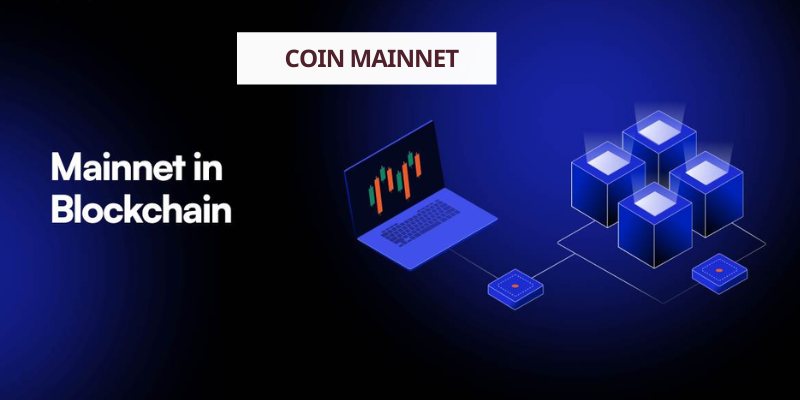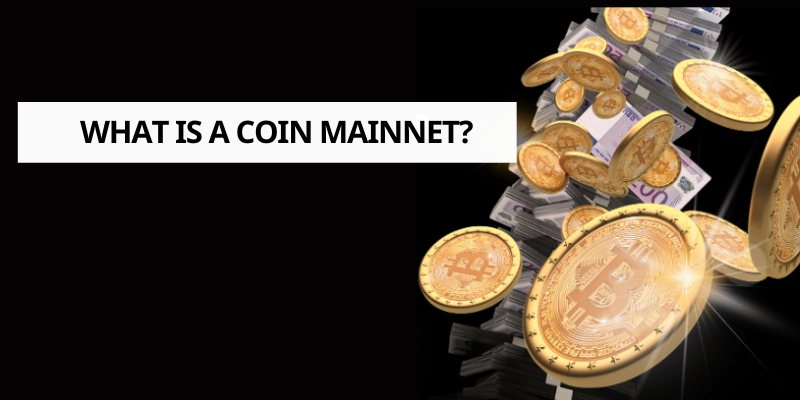What Is a Coin Mainnet? The Backbone of Cryptocurrency Networks
In the ever-evolving world of cryptocurrency, the term “mainnet” is a cornerstone concept that defines the operational foundation of a blockchain project. Short for “main network,” a coin’s mainnet is the fully functional, live blockchain where real transactions occur, tokens hold actual value, and the ecosystem operates independently. As digital assets gain traction globally, understanding what a mainnet entails is essential for investors, developers, and enthusiasts alike. Here’s a deep dive into its meaning, significance, and role in the crypto landscape.
Contents
What Is a Coin Mainnet?
A mainnet is the primary blockchain protocol where a cryptocurrency’s transactions are validated, recorded, and permanently stored. Unlike a testnet—a sandbox environment for experimentation—a mainnet is the real deal, deploying a coin’s native token for use in payments, staking, governance, or decentralized applications (dApps).
For example, Bitcoin’s mainnet has been live since January 3, 2009, when its genesis block was mined, while Ethereum’s mainnet launched on July 30, 2015, ushering in the era of smart contracts. When a project announces its “mainnet launch,” it signals the transition from development to a fully operational network.

Mainnet vs. Testnet: The Key Differences
Before a mainnet goes live, projects typically operate on a testnet—a duplicate blockchain where developers can simulate transactions, test features, and fix bugs without risking real funds. Testnet tokens are worthless and freely distributed, serving as placeholders.
In contrast, mainnet tokens have real-world value, are traded on exchanges, and reflect the project’s economic viability. For instance, Ethereum’s testnets (like Ropsten or Sepolia) allow experimentation, but only its mainnet supports live ETH transactions and dApp ecosystems like DeFi and NFTs.
The Journey to Mainnet Launch
Launching a mainnet is a pivotal milestone, often following years of development. Projects typically start with a whitepaper, raise funds through an Initial Coin Offering (ICO) or similar mechanism, and build their blockchain in phases.
Take Solana as an example: after extensive testing, its mainnet launched in March 2020, introducing a high-speed, low-cost alternative to Ethereum. The process involves rigorous auditing, community feedback, and ensuring scalability, security, and decentralization—hallmarks of a robust blockchain. A successful mainnet debut can boost a coin’s credibility and price, though delays or flaws can erode trust.

Why Mainnets Matter
The mainnet is where a cryptocurrency proves its worth. It enables real-world utility—whether facilitating cross-border payments, powering dApps, or securing a network via staking. For developers, it’s the platform where dApps and smart contracts go live, attracting users and capital.
For investors, a mainnet launch often signals a shift from speculation to tangible value, though risks remain if adoption lags or vulnerabilities emerge. Projects like Cardano, which rolled out its mainnet in stages (Byron in 2017, Shelley in 2020), illustrate how mainnets evolve to meet growing demands.
Challenges and Future Implications
Mainnet launches aren’t without hurdles. Scalability issues, as seen in Ethereum’s early congestion, or security breaches, like past exploits on smaller chains, can undermine confidence. Yet, advancements like Ethereum’s 2022 Merge to Proof-of-Stake or layer-2 solutions show how mainnets adapt.
Looking ahead, the rise of interoperable mainnets—bridging ecosystems like Polkadot or Cosmos—promises a more connected crypto future. For now, a coin’s mainnet remains its heartbeat, driving innovation and adoption in an increasingly digital world.